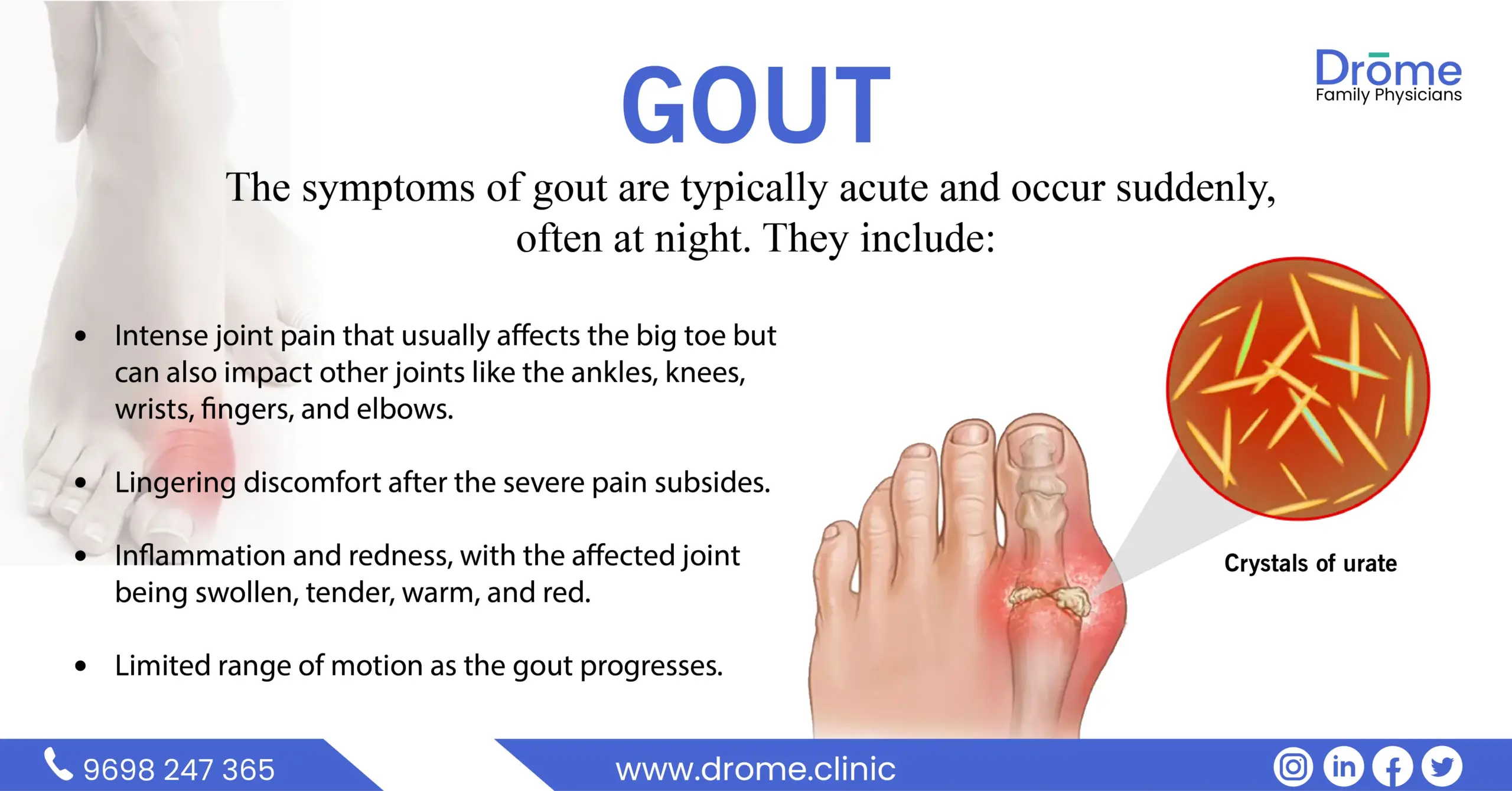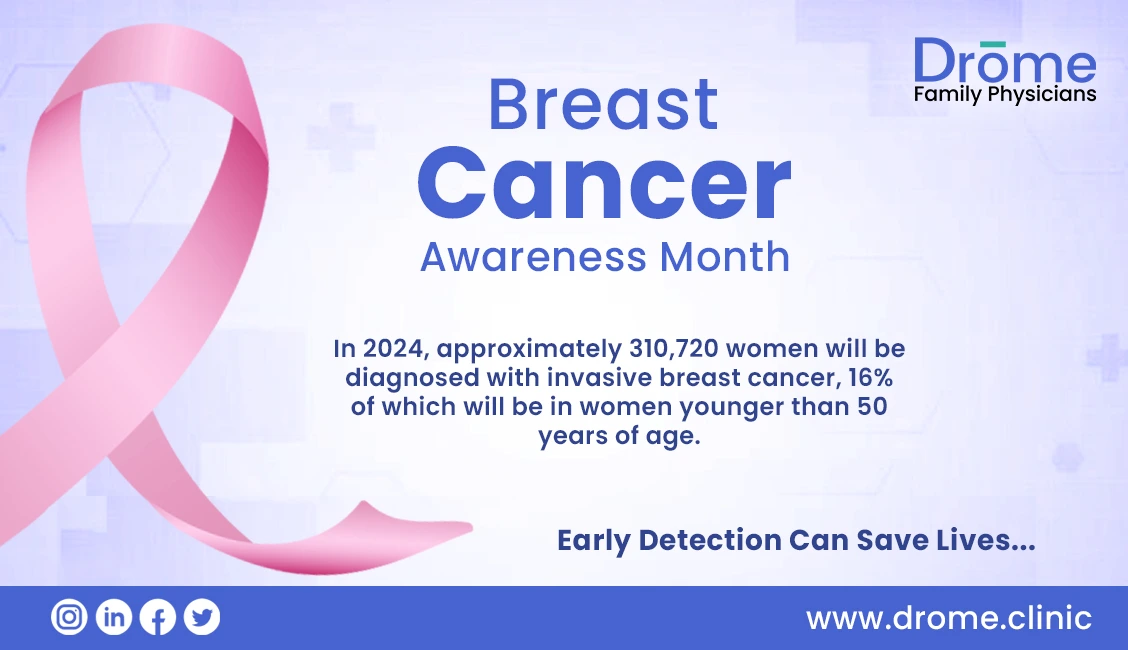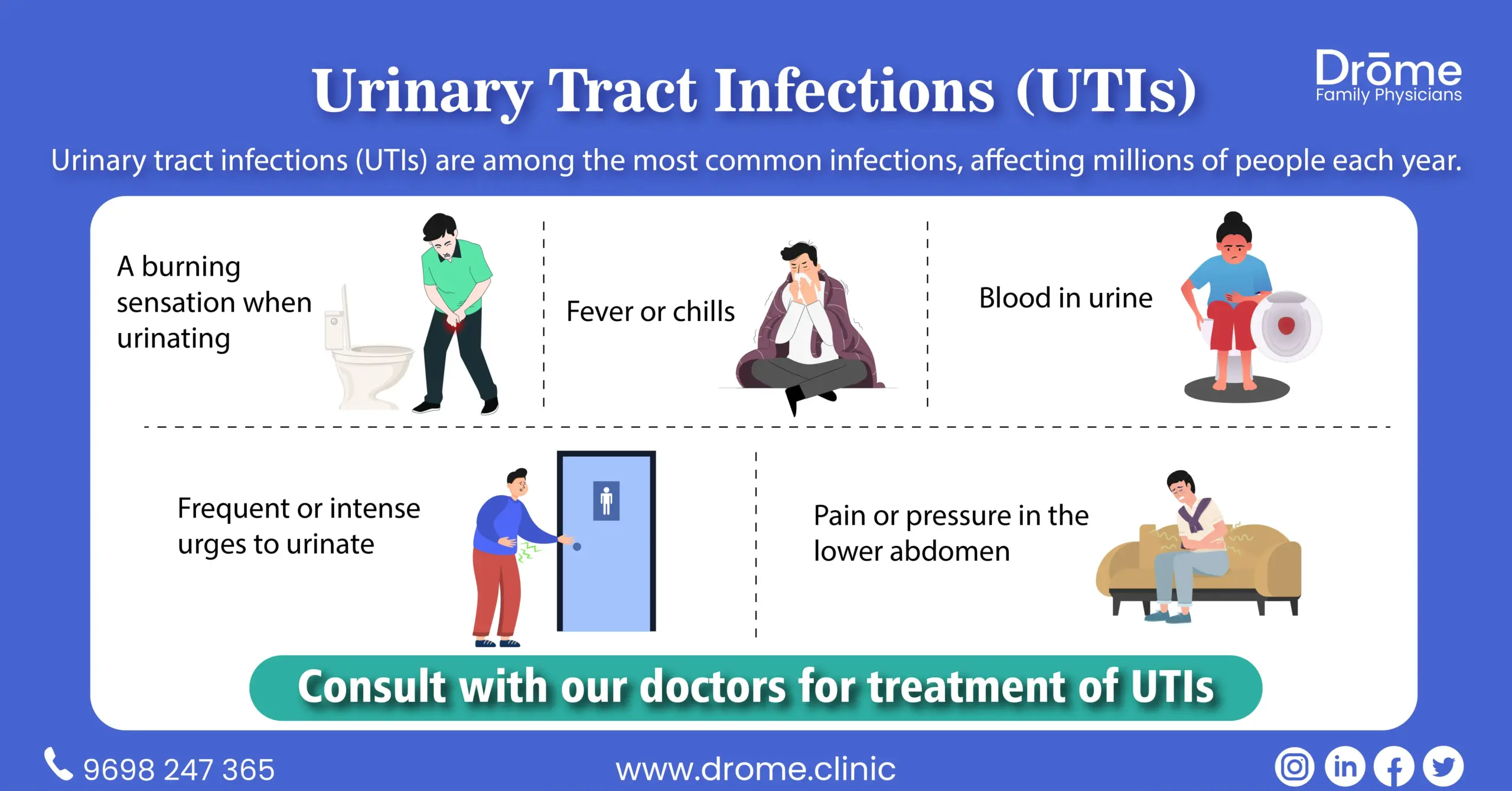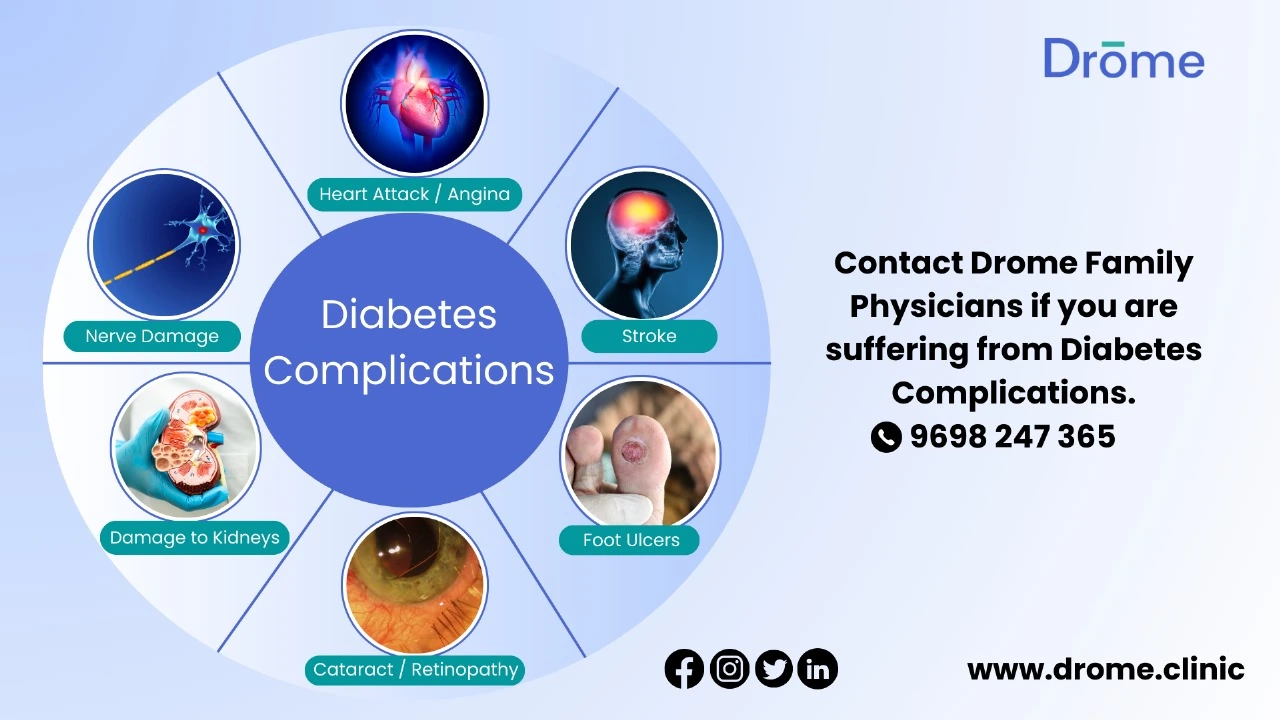Table of Contents
ToggleGout: Precautions and Treatment Strategies
Gout is a painful form of arthritis that occurs when uric acid builds up in the blood and forms sharp crystals in one or more joints. Commonly affecting the big toe, gout can cause intense pain and swelling, along with redness and heat in the affected areas. Effective management of gout involves both lifestyle changes and medical treatments to reduce symptoms and prevent future flare-ups.
What Causes Gout?
Gout is primarily caused by an excess of uric acid in the blood, a condition known as hyperuricemia. Uric acid is produced in the body during the breakdown of purines, which are found in high amounts in certain foods like red meat and seafood. The kidneys usually filter out uric acid, but if they don’t eliminate enough or if too much is produced, it can build up and form crystals in the joints.
Symptoms of Gout
The symptoms of gout are typically acute and occur suddenly, often at night. They include:
- Intense joint pain that usually affects the big toe but can also impact other joints like the ankles, knees, wrists, fingers, and elbows.
- Lingering discomfort after the severe pain subsides.
- Inflammation and redness, with the affected joint being swollen, tender, warm, and red.
- Limited range of motion as the gout progresses.
Risk factors
Gout is more likely to develop if a person has high levels of uric acid in his body. Factors that increase the uric acid level in body include:
Diet: Eating a diet rich in red meat and shellfish and drinking beverages containing fruit sugar (fructose) increase levels of uric acid, which increase your risk of gout. Alcohol consumption, especially of beer, also increases the risk of gout.
Weight: Being overweight leads to production of more uric acid and the kidneys have a more difficult time eliminating uric acid.
Medical conditions: Certain diseases and conditions increase risk of gout. These include untreated high blood pressure and chronic conditions such as diabetes, obesity, metabolic syndrome, and heart and kidney diseases.
Family history of gout: A person is more likely to develop gout if other members of the family have had gout.
Age and sex: Gout occurs more often in men, Men are also more likely to develop gout earlier — usually between the ages of 30 and 50 — whereas women generally develop signs and symptoms after menopause.
Recent surgery or trauma: Experiencing recent surgery or trauma can sometimes trigger a gout attack. In some people, receiving a vaccination can trigger a gout flare.
Diagnosis
Gout is diagnosed based on symptoms and the appearance of the affected joint. Tests to help diagnose gout may include:
Joint fluid test: Using a needle to draw fluid from the affected joint. Urate crystals may be visible when the fluid is examined under a microscope.
Blood test: To measure the levels of uric acid in blood.
X-ray imaging: Joint X-rays can be helpful to rule out other causes of joint inflammation.
Ultrasound: This test uses sound waves to detect urate crystals in joints.
Treatment of Gout
Gout treatment focuses on relieving pain during attacks and preventing future attacks:
- Medications: Nonsteroidal anti-inflammatory drugs (NSAIDs) and corticosteroids can help manage pain and inflammation during gout attacks. Medications to reduce uric acid production can be prescribed by your treating doctor.
- Avoid Trigger Foods: During a gout attack, it’s especially important to avoid foods and beverages that can trigger an increase in uric acid levels.
- Rest the Affected Joint: Keeping the affected joint elevated and resting it can help reduce swelling and pain.
Conclusion
While gout can significantly affect your quality of life, taking proactive steps in diet, lifestyle, and medication adherence can manage the condition effectively.







